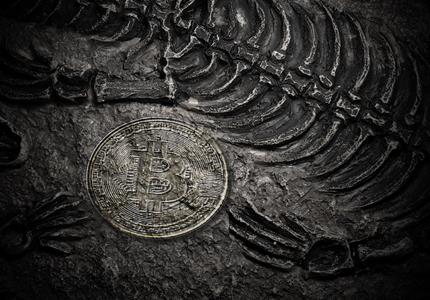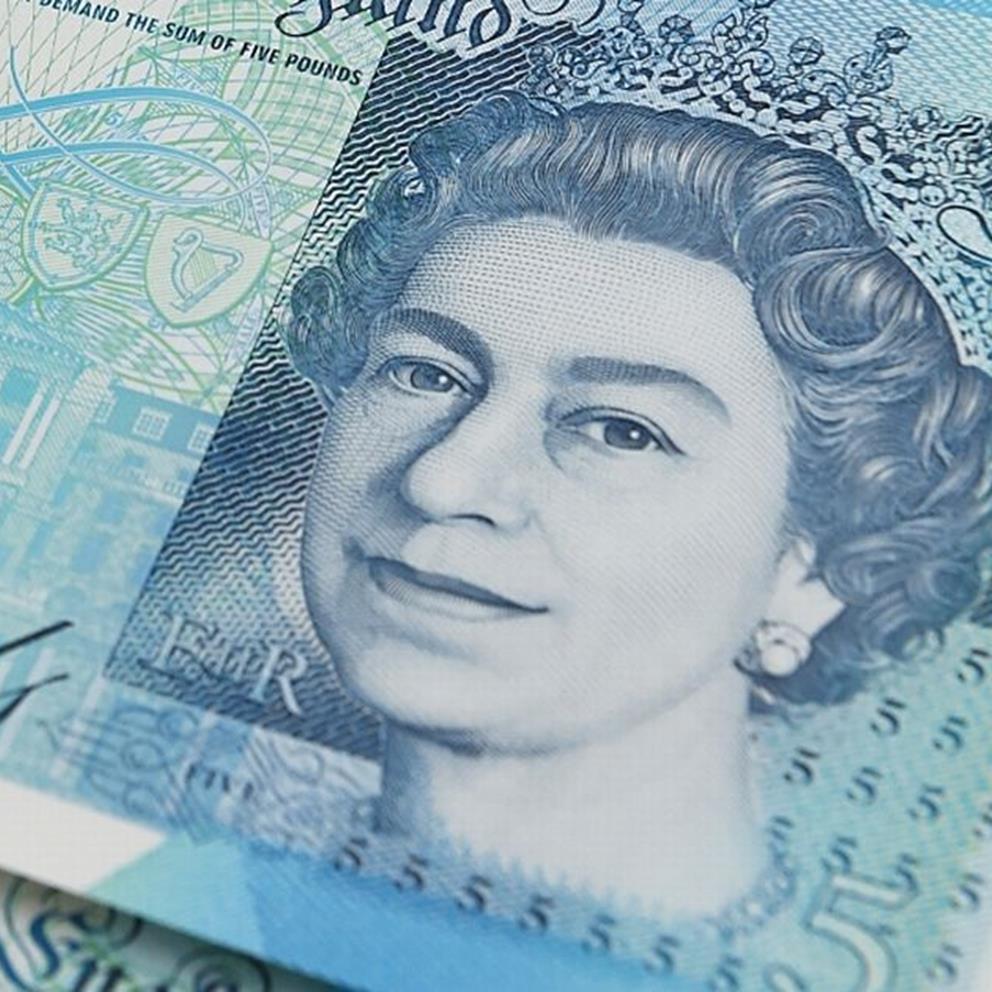
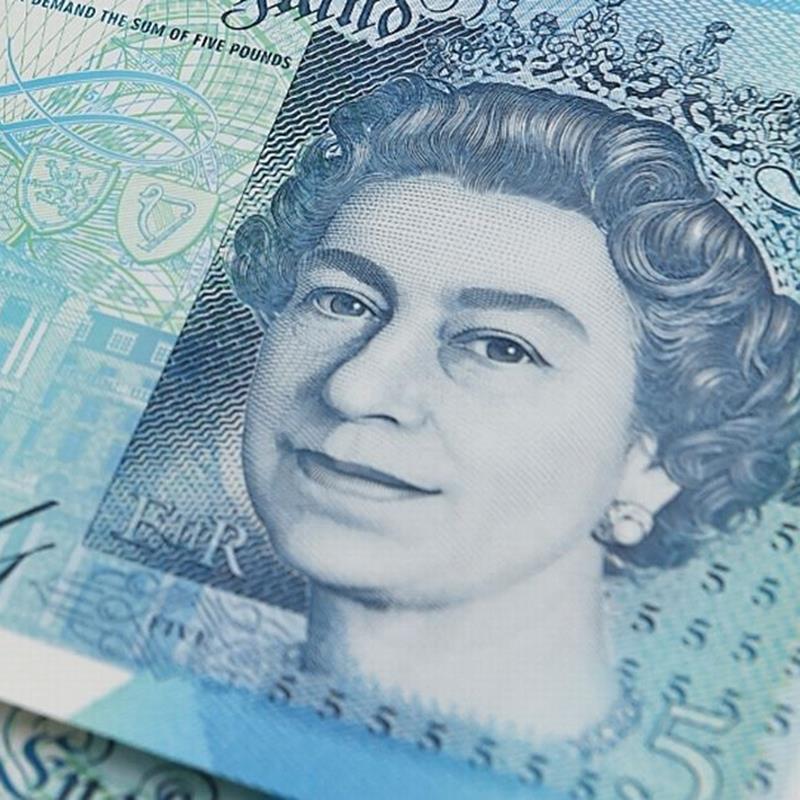
Weekly update - The times they are a-changin’
Lee Branston in our Isle of Man team brings you this week’s update.
This week’s piece is brought to you by the year 1952 and a very tenuous connection – royalty.
In 1952 the United Kingdom was a very different place; a thick deadly smog briefly blanketed London, Newcastle United won a record fifth FA Cup, the pesky TV licence detector van made its first (albeit covert) appearance and, of course, Elizabeth Mountbatten-Windsor was crowned Queen Elizabeth II at Westminster Abbey.
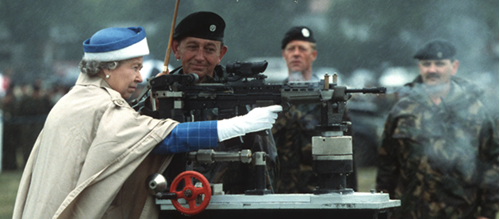
In the same year, 360 miles away from the bells of Westminster Abbey in the Northern Irish town of Ballymoney, a boy was born who would later become road racing’s King of the Mountain - Joey Dunlop. A bit more on this later…
Back then the average weekly wage was £9.45 for a man, with women earning £5[1]. If we adjust these for inflation, that’s £275 and £153 respectively, whilst the present actual figure is around £598. An average house in the 50s would set a family back around £1,900[1] – a mere £39,000 in inflation-adjusted figures and a far cry away from the £350,000 that Rightmove has recently quoted[2]. While homeownership wasn’t as an important factor back then for families, with many choosing to rent from the abundant local authority housing stock, for those who did want to buy the average house price was four times the average income, whereas today it is around 8.3 times.
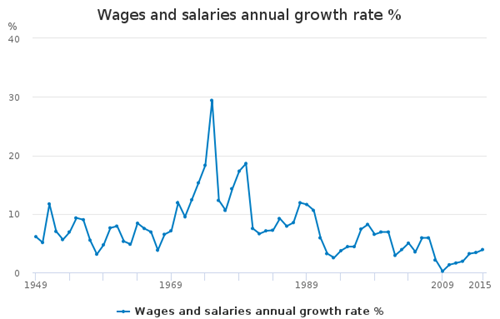
Source: Office for National Statistics
Headline inflation wasn’t too dissimilar in 1952, reaching 9.17%[3], due partly to the dramatic devaluation of the sterling in 1949 and the commodity price boom following the outbreak of war in Korea, with today’s reading topping 7% (though I am sure the basket of goods that is used to calculate inflation has changed along with trends over time, or at the very least it isn’t 9p for a pint of beer any longer).
The investing landscape was different in 1952. The FTSE 100 as we know and love it today didn’t start trading until the 1980s. In its place was the FT Ordinary Index 30, which was designed to capture the ‘essence’ of UK companies, although surprisingly (in relation to the FTSE 100) it excluded the financial sectors and, up until the 1970s, the commodity heavyweights. The FT30 constituents were the industrial and commercial titans of the day, some of which are still listed today – British American Tobacco, Rolls Royce, BT – and some names that have long since gone – Woolworths, Bass Brewery and British Motor Corporation.
Back to the King of the Mountain, or more specifically the Isle of Man TT (which returns after a two-year hiatus). In a little under five days, this tiny island will welcome around 45,000 visitors for two weeks of racing around 37.73 miles of public roads. In 1952 the race record over seven laps stood at 2 hours and 50 minutes. The current six-lap record, set by Peter Hickman in 2018, is 1 hour and 43 minutes, with a single lap of the 37-mile course currently at 16 minutes and 42 seconds – a staggering average speed of 135.5mph! It’s hard to see these records being bettered any time soon, though I am sure the sentiment was the same back in the 50s.
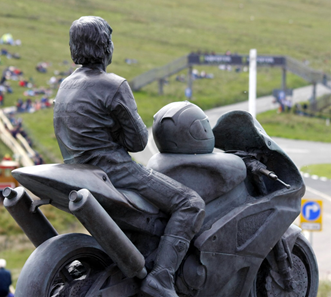
Indeed, a lot has happened since the Queen’s coronation – the transformation of London to a global financial centre, a near 50-year union with Europe coming to an acrimonious end, a solitary World Cup win and her own Annus Horribilis.
And what makes Joey the King of the Mountain? A still unbeaten 26 wins at the Isle of Man TT.
“There is a grey blur, and a green blur. I try to stay on the grey one.” – Joey Dunlop 1952 – 2000
We wish you all a good week!
Sources:


